Like all check valves, these mechanisms are designed to prevent backflow that might otherwise cause damaging flooding, cross-contamination or pressure surges, which could all be a source of system failure or decreased productivity. Read More…
Our check valves are manufactured with the customer in mind. We believe in offering superior products and services every time. No matter whether you are looking for small or large valves, we can meet your every needs. It is our goal to offer excellent prices and service to each customer. Contact us to learn more today!
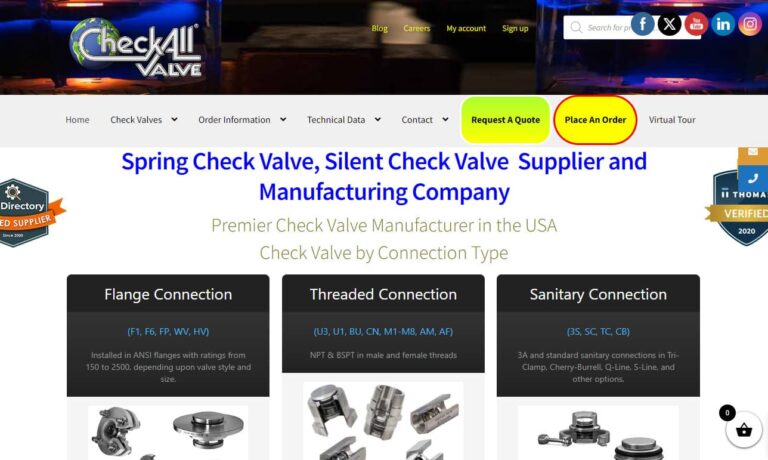
At Beswick Engineering Co., we are dedicated to engineering precision miniature fluid power components that deliver reliable performance in demanding applications. Our team specializes in designing and manufacturing high-quality check valves, along with an extensive selection of other fluid control products, all crafted to meet tight tolerances and rigorous performance requirements.
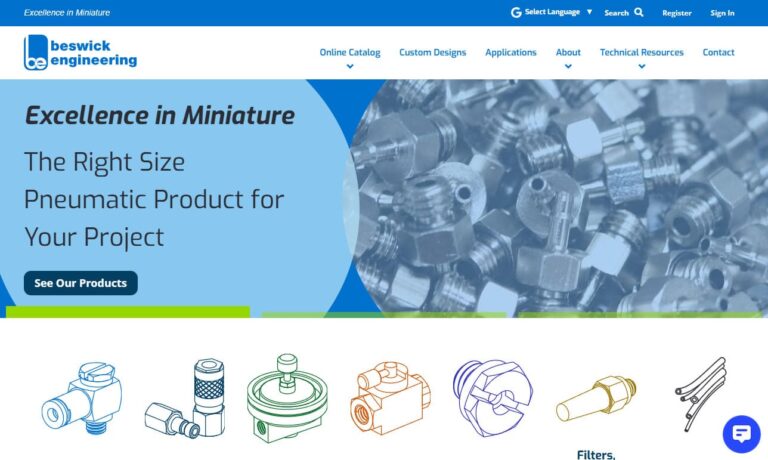
At U.S. Plastic Corp., we provide high-quality 55-gallon drums designed to meet the rigorous demands of various industries. Our selection includes a variety of plastics, offering durability, chemical resistance, and compliance with industry standards for safe storage and transportation of liquids, solids, and hazardous materials. With a commitment to quality and customer satisfaction, we deliver...
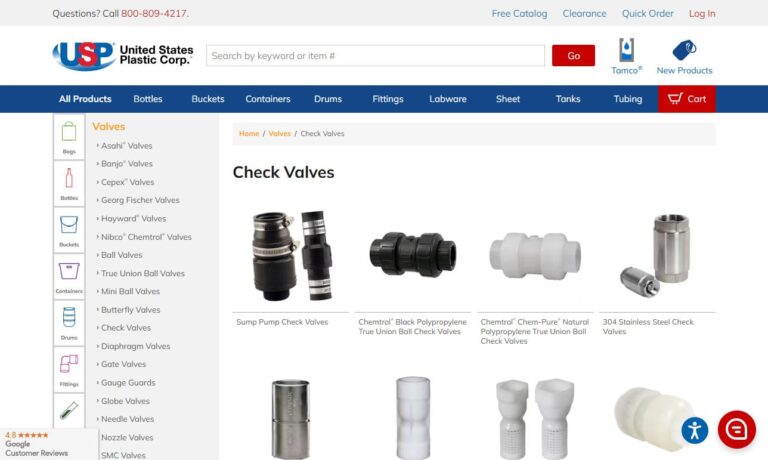
At Aquatrol, we take pride in being a trusted name in the design and manufacturing of high-quality check valves built for durability and precision. With decades of expertise, we have developed a deep understanding of fluid control systems and have dedicated ourselves to engineering solutions that ensure reliability and safety in even the most demanding industrial environments.
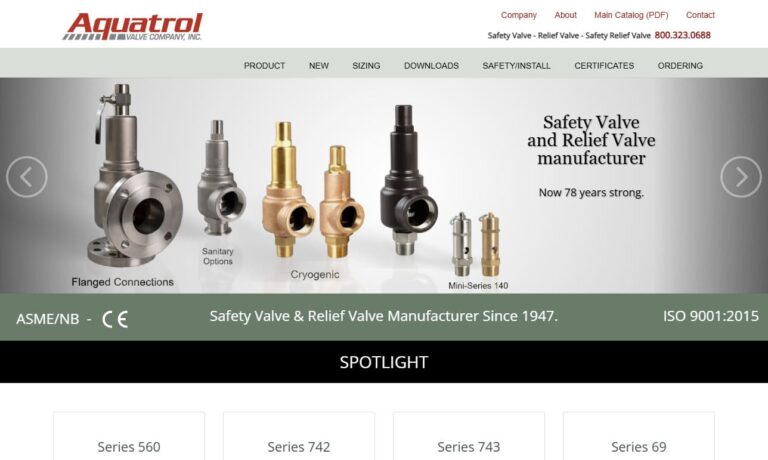
At SVF Flow Controls, we take pride in being a trusted manufacturer of precision-engineered flow control products, with a strong emphasis on quality, reliability, and performance. We specialize in the design and production of check valves, ensuring optimal flow management and protection for a wide range of industrial applications.

Offering a full line of flow control products, Plast-O-Matic Valves ensures high quality by testing each of our valve products individually before shipment. We offer plastic check valves, PVC check valves, relief valves, ball check valves and more. We are committed to engineering excellence.

More Lift Check Valve Manufacturers
Lift check valves are installed in the pipelines of various industrial facilities as well as commercial and residential plumbing. Industries such as water treatment, medical, food and chemical processing, petrochemical and agriculture use this particular type of pump to normalize the unidirectional flow of various materials such as water, chemical vapors, air, steam and more.
Boilers, mixers, faucets and metering pumps employ this type of non return valve. When installed, a disc or cone-like plug rests on the seat or passageway in the cross section of the valve, blocking the flow of materials. When fluid or gas flows at the optimal pressure or higher in the pre-determined acceptable direction, it pushes the disc away from the seat.
As the disc, also known as a lift, slides along an attached rod located on the downstream side of the check valve, it creates a gap through which the process stream may flow. When this forward flowing pressure drops and downstream pressure reaches the valve, the disc or cone is quickly pressed back into place. A tight seal is created that prevents backwash.
The design or configuration of a lift check valve is similar to that of a globe valve. The body is a semi-spherical or cylindrical device that is installed mid-stream into a pre-existing pipeline. An internal baffle divides this compartment into two halves. At the center is the valve seat, or opening, into which the aforementioned disc or cone-like plug can be placed to form a seal. This stopper is attached to a dowel, which in turn is attached to the downstream wall of the sphere or cylinder.
Known as a stem, this is a cold rolled or extruded rod along which the disc slides as it encounters pressure from the process stream. The cylinder, seat and disc of a lift valve are most commonly made of durable metals such as aluminum, stainless steel, brass and iron. Despite their popularity, these materials can be used only in applications where slight leaks may be permitted. However, plastic and elastomeric components can compress and create a tighter seal that will eliminate the risk of potentially harmful leaks.
It is important to consider the process stream and the chemical compatibility of these materials when selecting the proper valve. While traditional lift check valves are more common, piston lift valves offer a slight modification. Instead of a cone shaped disc, a piston shaped plug is used with a dashpot, providing damping during operation. The use of a dashpot reduces valve wear, which thereby increases product longevity.
Although both traditional and piston lift check valves are often bulkier than alternatives such as wafer check valves and swing check valves, it is a robust device that is suitable for installation in both horizontal and vertical lines with upward flow.

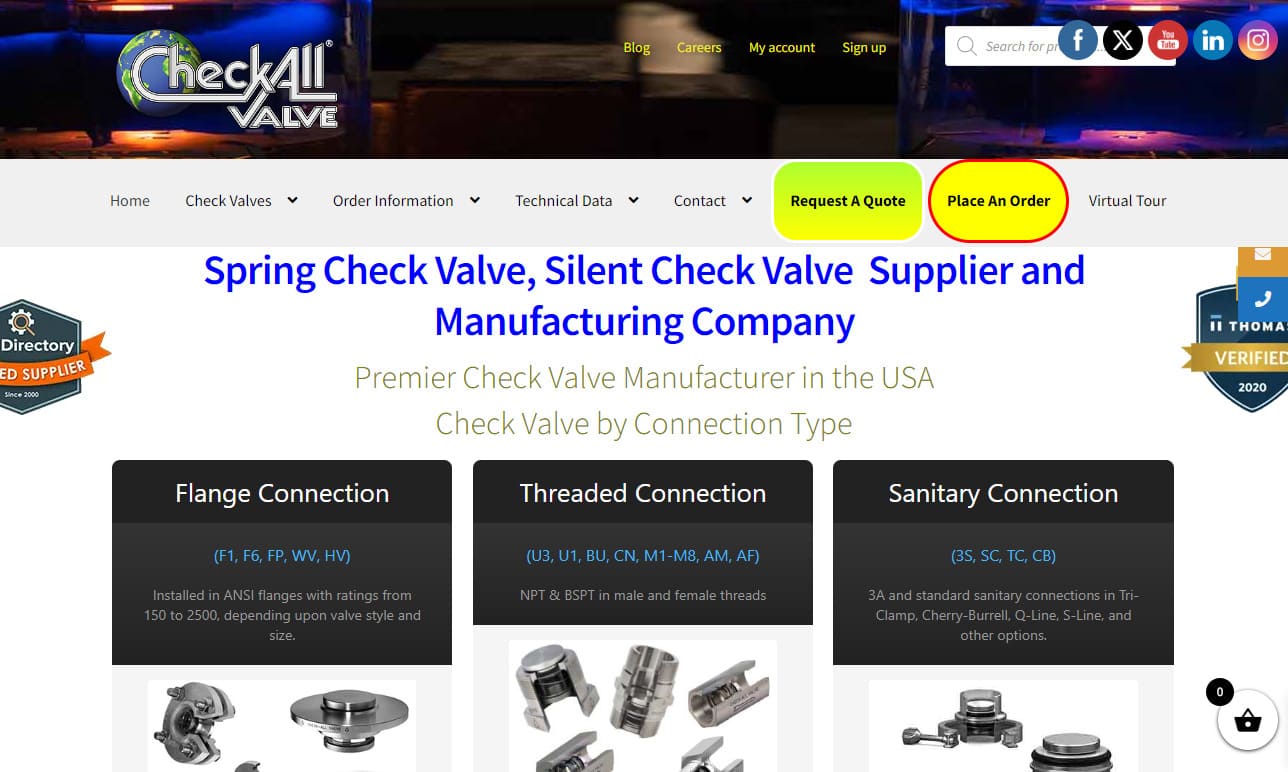
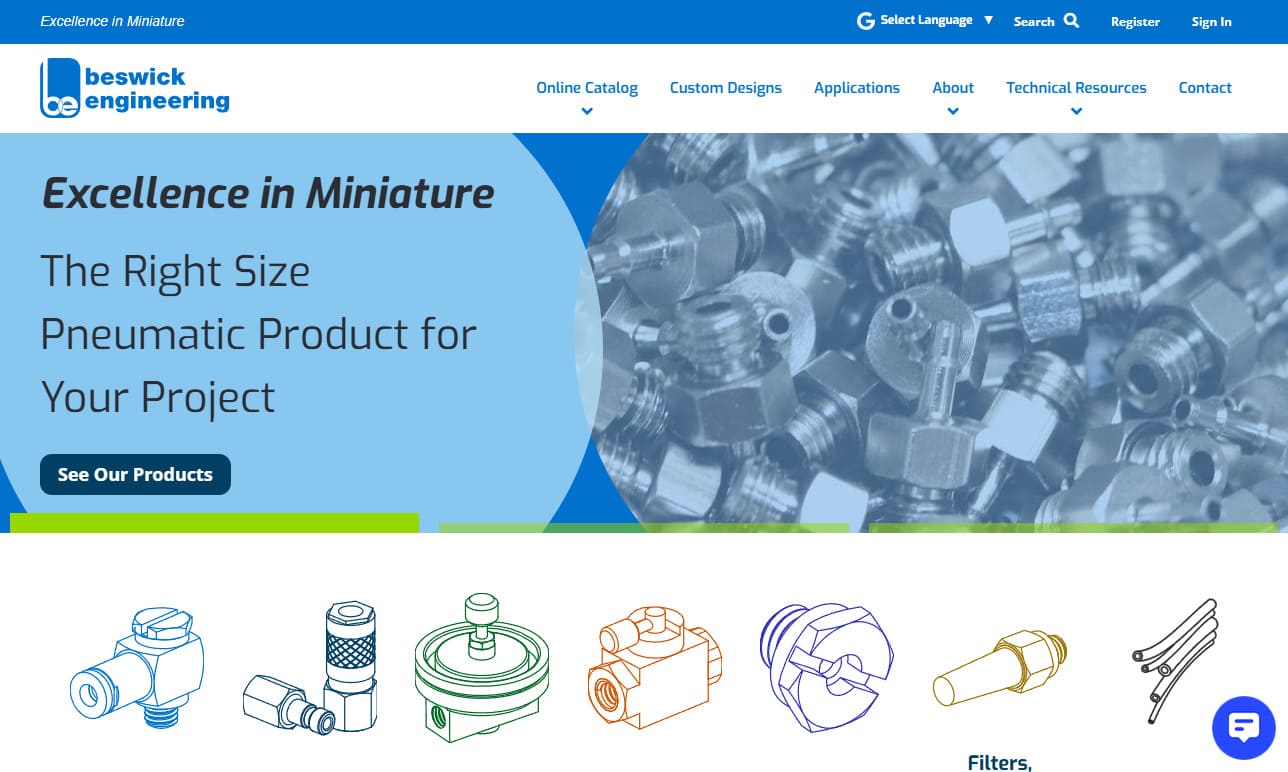

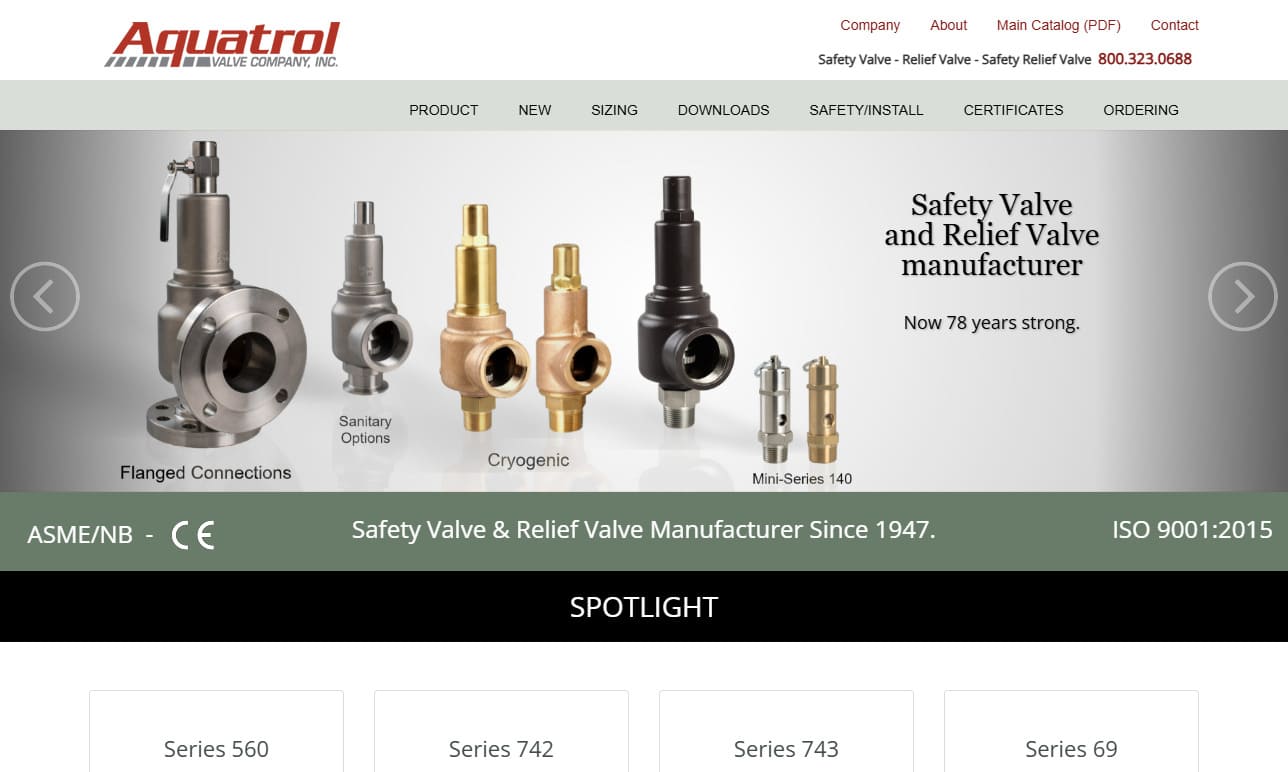
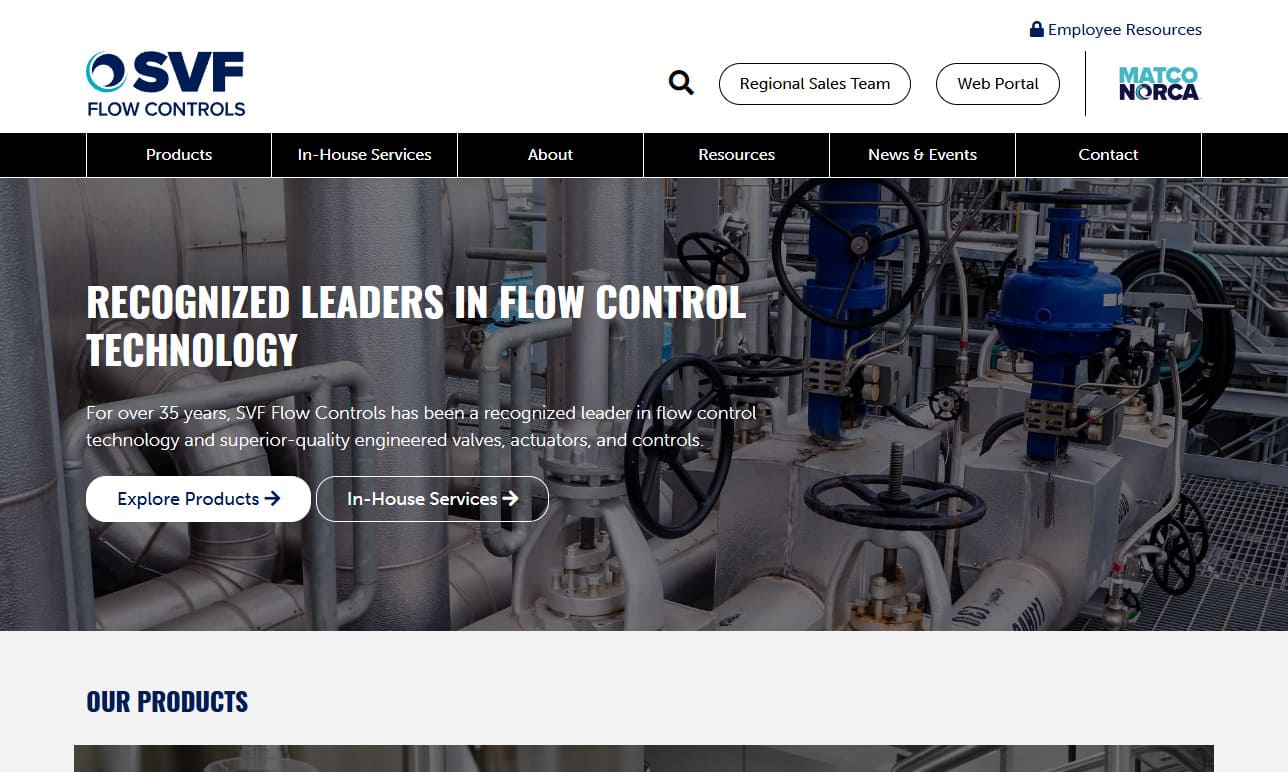
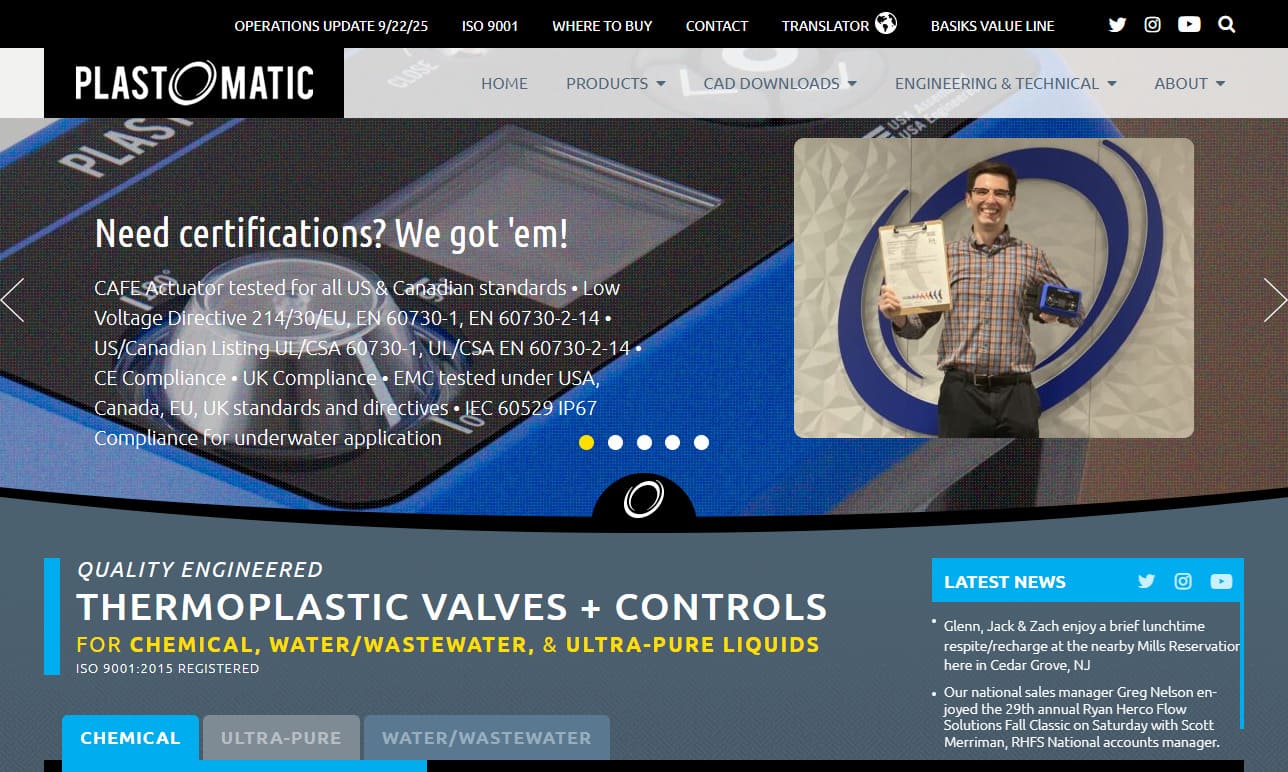
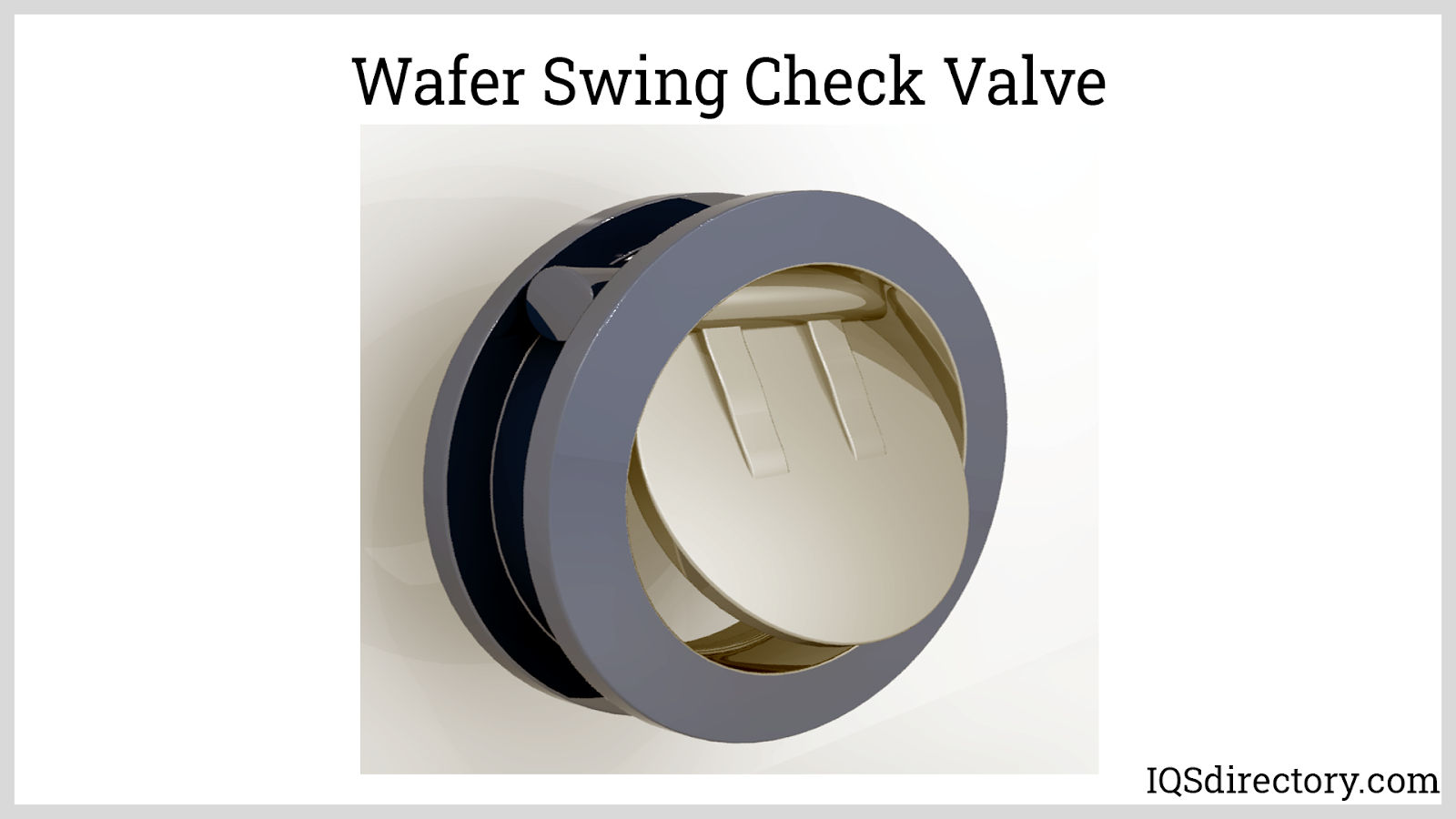
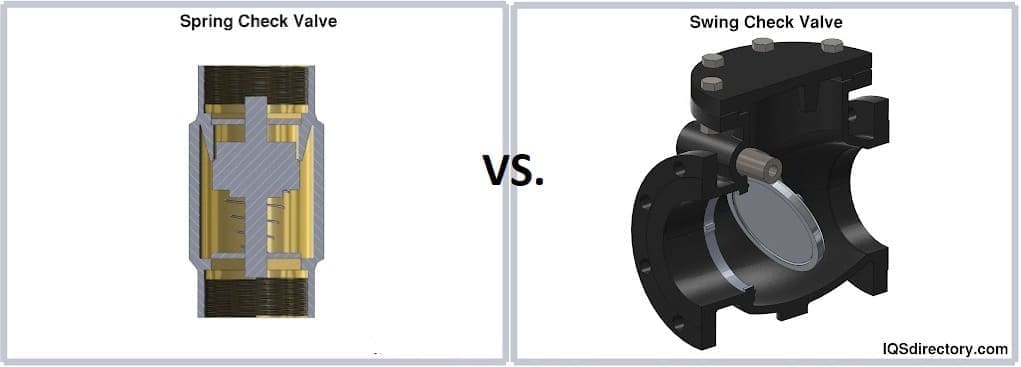
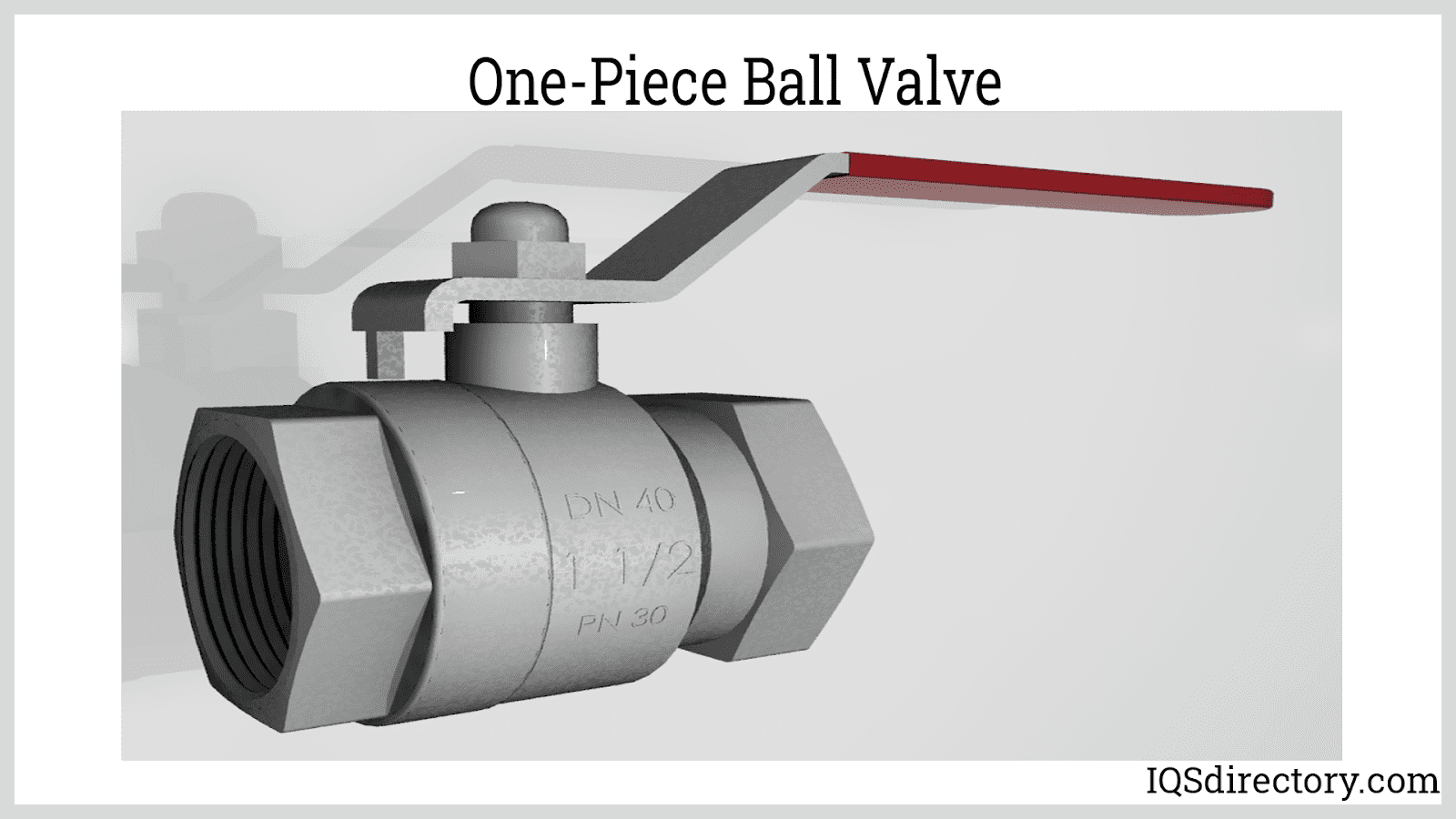
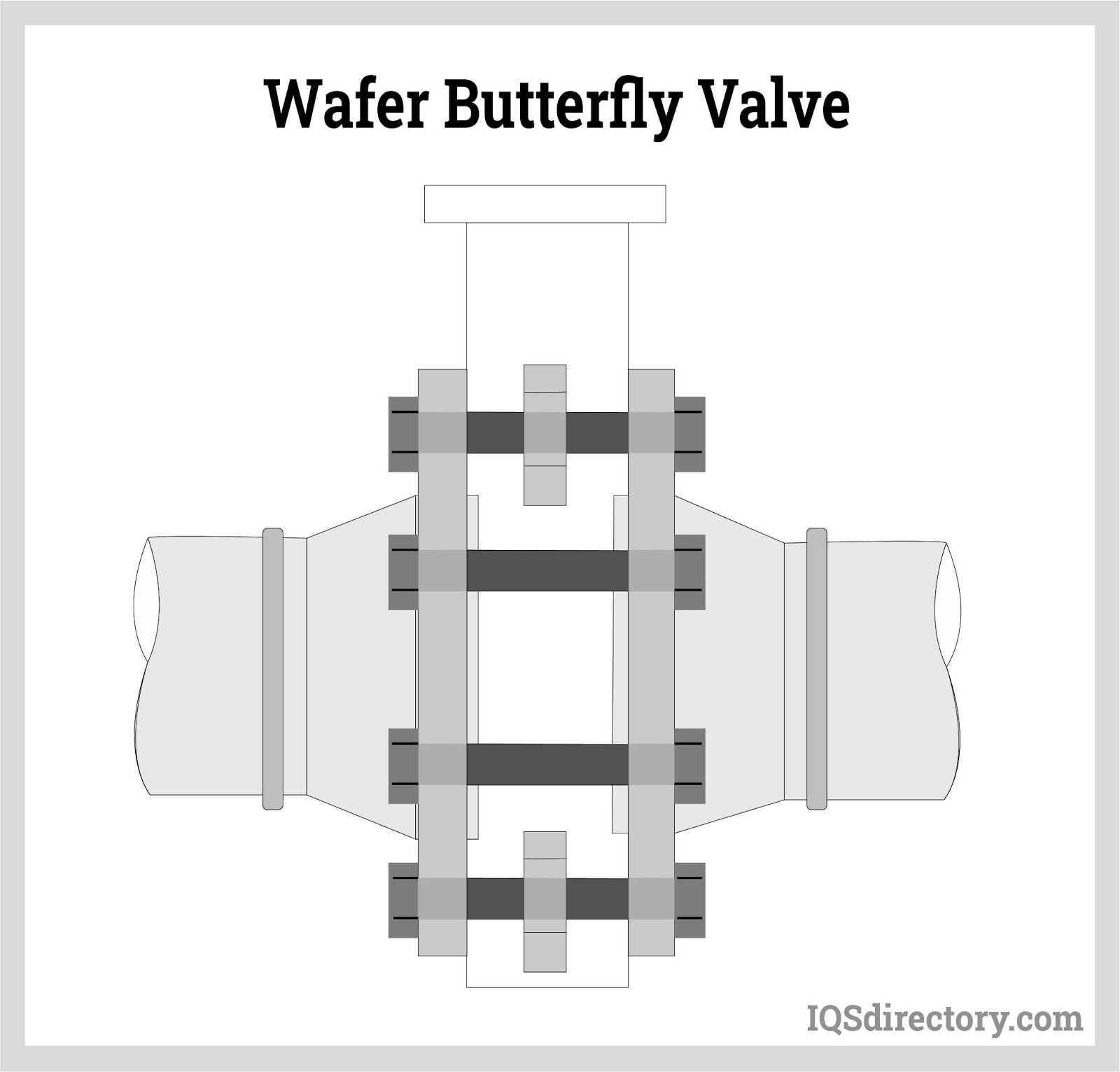
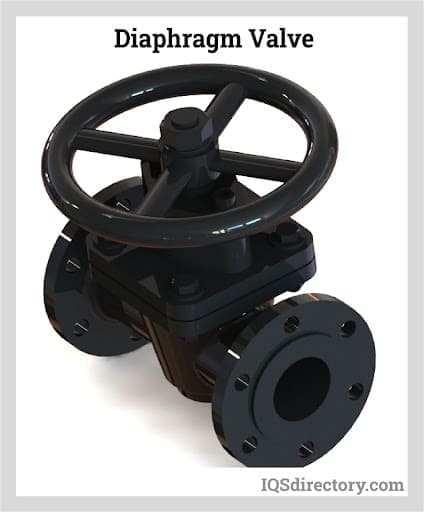
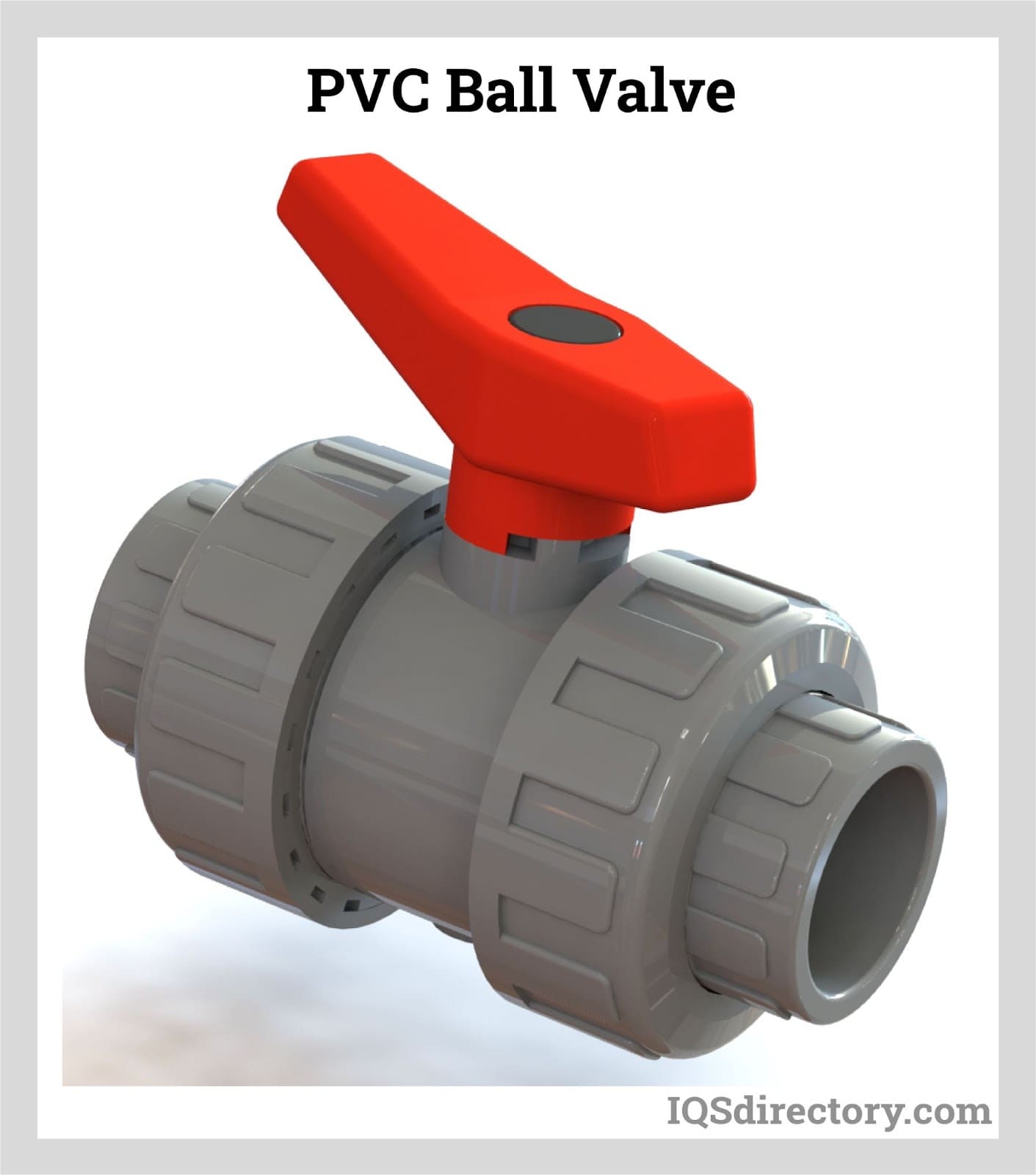
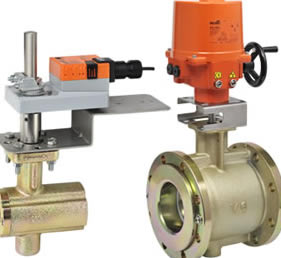 Ball Valves
Ball Valves Butterfly Valves
Butterfly Valves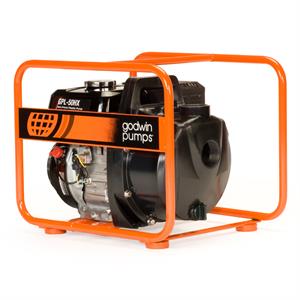 Centrifugal Pumps
Centrifugal Pumps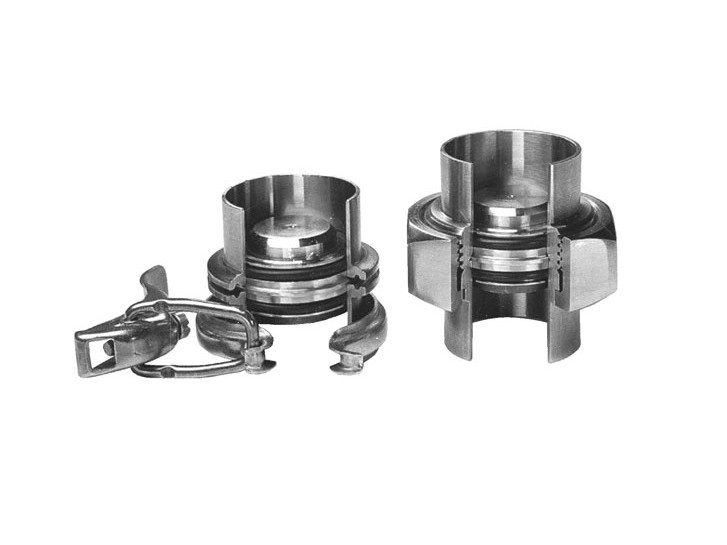 Check Valves
Check Valves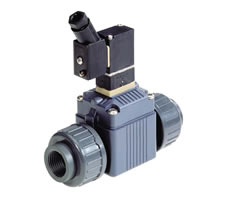 Diaphragm Valves
Diaphragm Valves Flow Meters
Flow Meters Hydraulic Pumps
Hydraulic Pumps Hydraulic Valves
Hydraulic Valves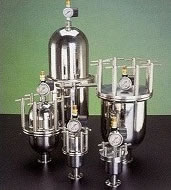 Metering Pumps
Metering Pumps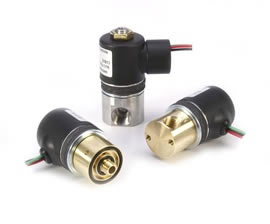 Solenoid Valves
Solenoid Valves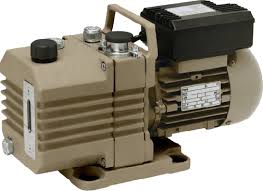 Vacuum Pumps
Vacuum Pumps Castings & Forgings
Castings & Forgings Bulk Material Handling
Bulk Material Handling Electrical & Electronic Components
Electrical & Electronic Components Flow Instrumentation
Flow Instrumentation Hardware
Hardware Material Handling Equipment
Material Handling Equipment Metal Cutting Services
Metal Cutting Services Metal Forming Services
Metal Forming Services Metal Suppliers
Metal Suppliers Motion Control Products
Motion Control Products Plant & Facility Equipment
Plant & Facility Equipment Plant & Facility Supplies
Plant & Facility Supplies Plastic Molding Processes
Plastic Molding Processes Pumps & Valves
Pumps & Valves Recycling Equipment
Recycling Equipment Rubber Products & Services
Rubber Products & Services